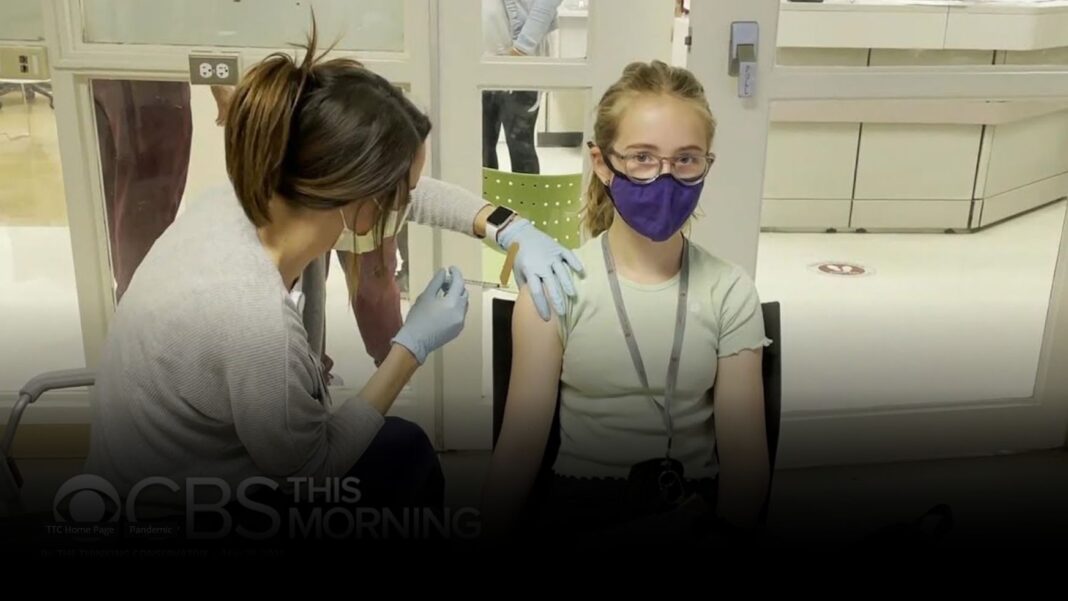Researchers analyzed records from more than 5 million children.
Children who received the AstraZeneca or Pfizer-BioNTech COVID-19 vaccines faced an elevated risk of epilepsy and appendicitis, according to a new study.
Pfizer recipients were also more likely to suffer from demyelinating disease or heart inflammation, researchers found.
Dr. Julia Hippisley-Cox, a professor of clinical epidemiology at the University of Oxford’s Nuffield Department of Primary Health Care Sciences, and colleagues obtained data from a national database on COVID-19 vaccination, mortality, hospital admissions, and COVID-19 infections. They wanted to look at the link between COVID-19 vaccines from AstraZeneca, Pfizer, and Moderna with 12 outcomes, including the heart inflammation condition called myocarditis.
The population of nearly 5.2 million included 1.8 million children aged 5 to 11 and 3.3 million children aged 12 to 17.
The data examined were through Aug. 7, 2022.
In the primary analysis, researchers found 12- to 17-year-olds who received Pfizer’s vaccine were at increased risk of myocarditis, with an additional three cases per million versus the expected rate after a first dose, and an additional five cases per million after a second dose, and hospitalization with epilepsy, with an additional 12 cases per million after a second dose. Females in the age group also faced an increased risk of demyelinating disease after receiving a second dose of the vaccine.
Researchers also identified a “substantially increased risk of hospitalization with epilepsy” among females after receipt of a first dose of AstraZeneca’s shot, with 813 more hospitalizations with epilepsy than expected per million doses, and an elevated risk of appendicitis after a second dose of the vaccine, with 512 excess events per million doses.
While no excess events were found among Moderna recipients, the study lacked the power to detect statistically significant issues, due to few children in the UK receiving Moderna’s vaccine. Further, no elevated risks of the 12 issues were found among 5- to 11-year-olds.









